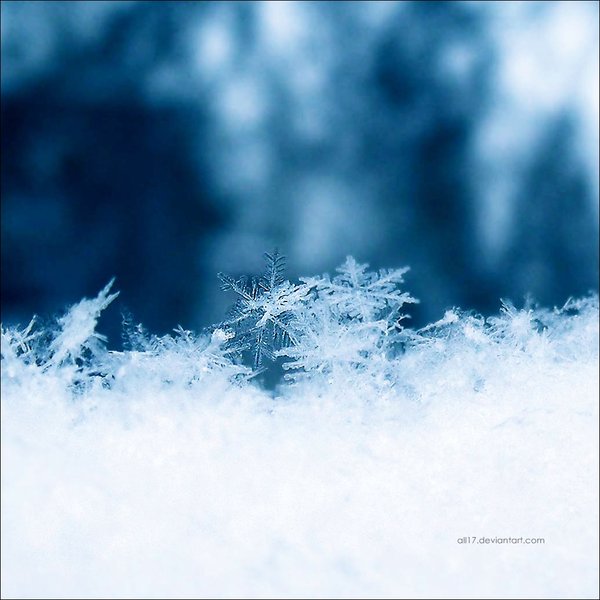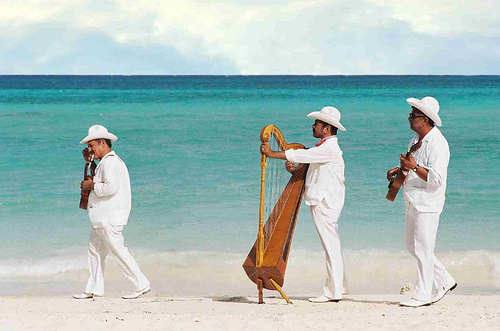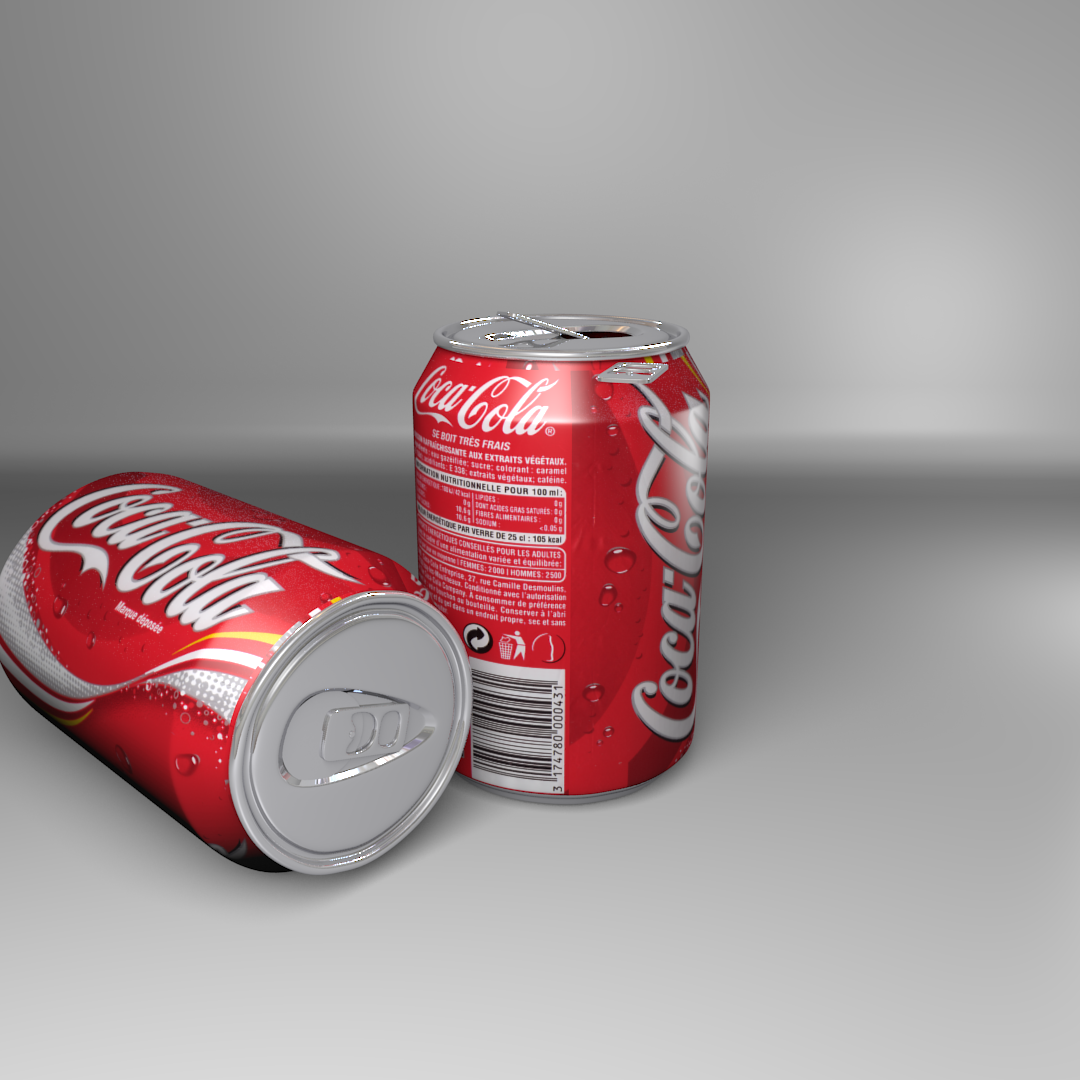Snow is the crystalline water ice. It falls to earth as snowflakes from clouds. They have variety in shape and sizes. Cloud and wind movement affects the shape of snow. Also snowflake shapes affecting from where water is coming to clouds. Snow crystals are a kind of super cooled clouds. Water needs to be under −18 °C for creating snowflakes. It’s some dangerous to be in outside while it’s snowing because snow takes the light and creates ultraviolet radiation. Eyes must be saved from snow blindness effect. How many shapes of snowflakes are there?
There are lots of snow shapes possible. Some of them are star, bullet, needles and plates. They are an official pattern classification for snowflake shapes but there are also local names for all.
Main snowflake type is stars. Star type snowflakes have lower mass than others. They are fragile and easy to melt. They occur on the -15 degrees of water. In heavy snow storms, star shaped snowflakes combine but they don’t lose their shape. It’s possible to see huge star shaped snowflakes especially in Canada.
Bullets are another main shape of snowflakes. They have mostly six edges. When bullet snowflake has reviewed under microscope, it’s possible to see four or five bullet shaped snowflakes stick together. Perfect stick lines are a phenomenon.
Columns are little damaged shape of snowflakes. It’s possible to see them in various sizes and weight. They have higher density than other snowflakes. Column shaped stars mostly occur when atmosphere is some dry and -25 degrees.
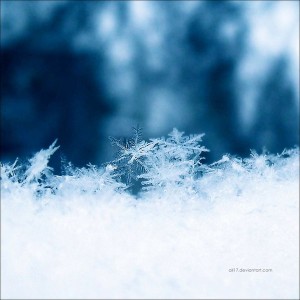
Needles shaped snowflakes are an extreme type of snowflakes. They mostly occur when the temperature in cloud is between -10 to -5. They are mostly vacant inside. Also there is a solid type of needles.
Plates shaped snowflakes are half stars. While star shaped snowflake growing, cloud’s water vapor level falls down critically and process stops. This process mostly occurs between -10 and -20. Sometimes water vapor becomes so low in atmosphere in the moment that plates shaped snowflakes falls without finishing development.
Hexagonal plates are a form of plates shaped snowflakes. They occur in the same process list like plates. But they develop more than plates. It’s possible to see star shaped snowflakes inside hexagonal plates. They have a great appearance so they are most popular snowflake type ever.
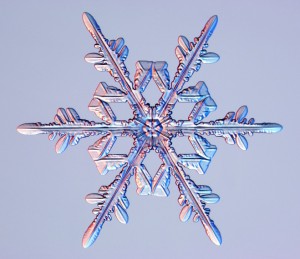
Stellar plates are also develops in the same process list with plates. But they have more water vapor than plates. So they shine. Stellar plates are rare to see.
Dendrites are the completed snowflakes. They grow in -20 to -25 degrees. Atmosphere conditions must be perfect to create a snowflake if it’s dendrite. Shape of dendrites is like arms connected to body. Also there are six sided stellar dendrites.
Every snowflake doesn’t have a perfect or classic shape. Clouds rarely produce snowflakes without any shape but when they are falling to earth, wind or other conditions changes their shape.
Snowflakes are mostly in triangular or hexagonal symmetry. But also there is lots of phenomenon about snow. One of them is 2007 Siberian orange snow. In 2007, orange colored snow is rained to Russia. Snowflakes were oily and strong. Tests showed that color is causing from a sandstorm on the Kazakhstan. But there’s no answer about unusual shapes of snowflakes. Also there are lots of claims that orange snow caused by pollution or rocket launch. Some Russian newspapers claimed that snowflakes have different shapes and some unusual acids inside them.
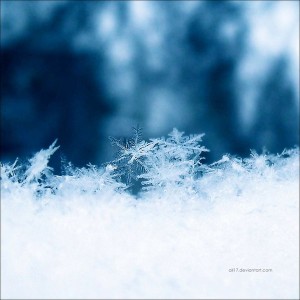
Researches showed that snowflakes’ shapes are not changes since the first researches. First snowflake researches are from Olaus Magnus’s “Historia de gentibus septentrionalibus” in 1555 and it’s possible to see same shapes.

